Latest Updates:

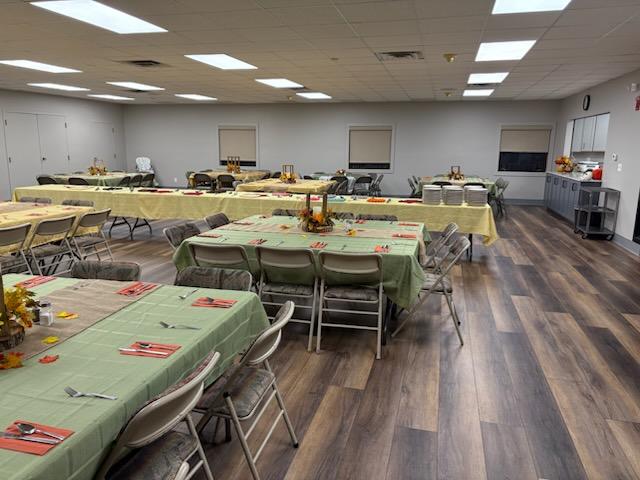




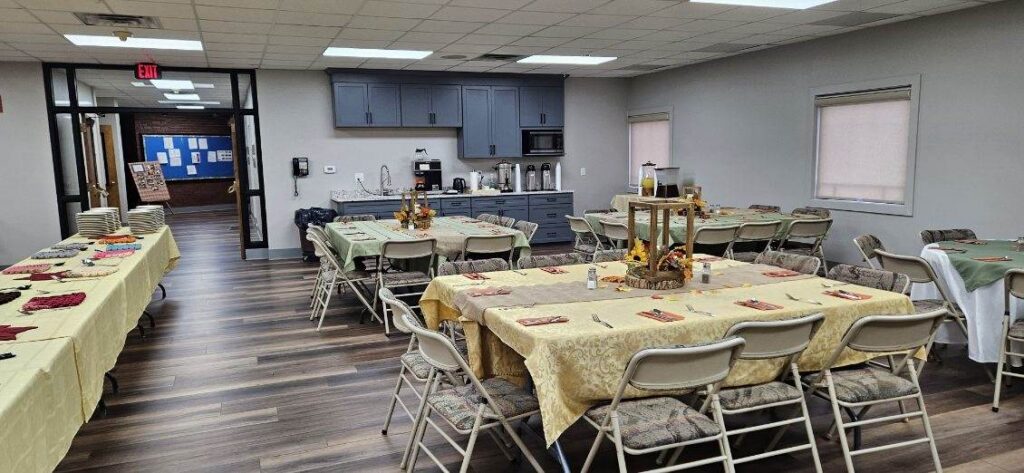



Our West Wing Renovation Committee worked hard the past few years. They helped fundraise for the projects, design the spaces, selected contractors, and managed changes to the project. We would like to thank the committee for their hard work. We have a beautiful West Wing including newly designed bathrooms, kitchen, and a Fellowship Hall. Here are pictures of the room before the Dedication, set up for our 69th Anniversary Dinner.


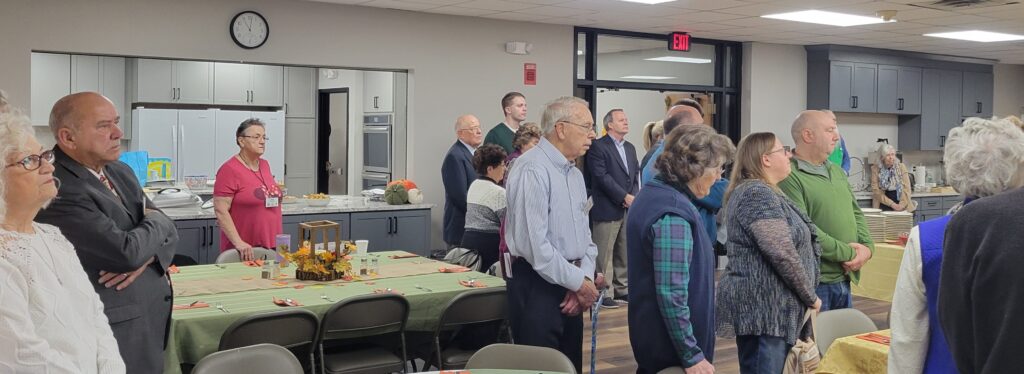

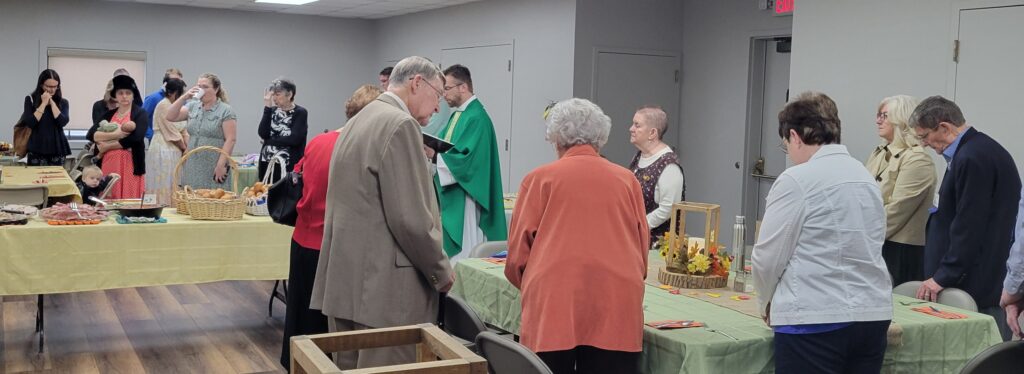
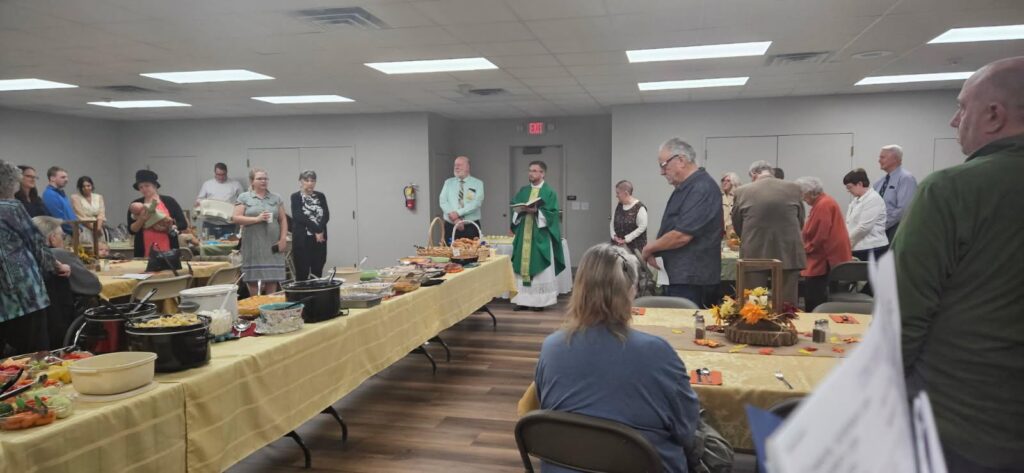
On November 22nd, 2025 a dedication took place of the new Fellowship Hall and kitchen space. These are a few pictures from that time. If you have more pictures, please, share them with our church staff.
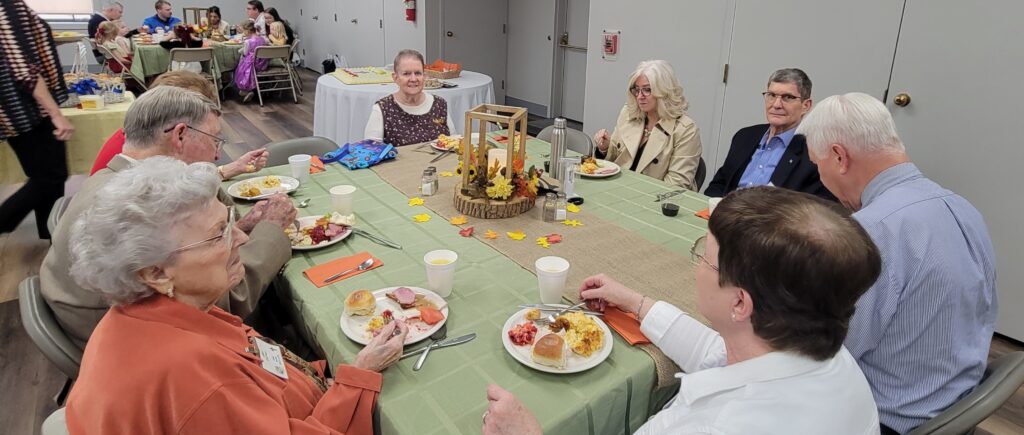
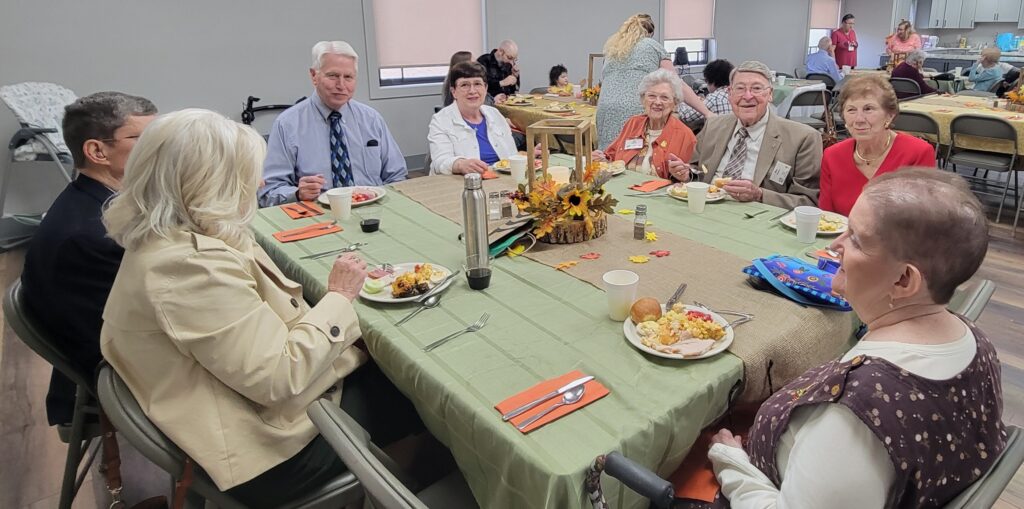
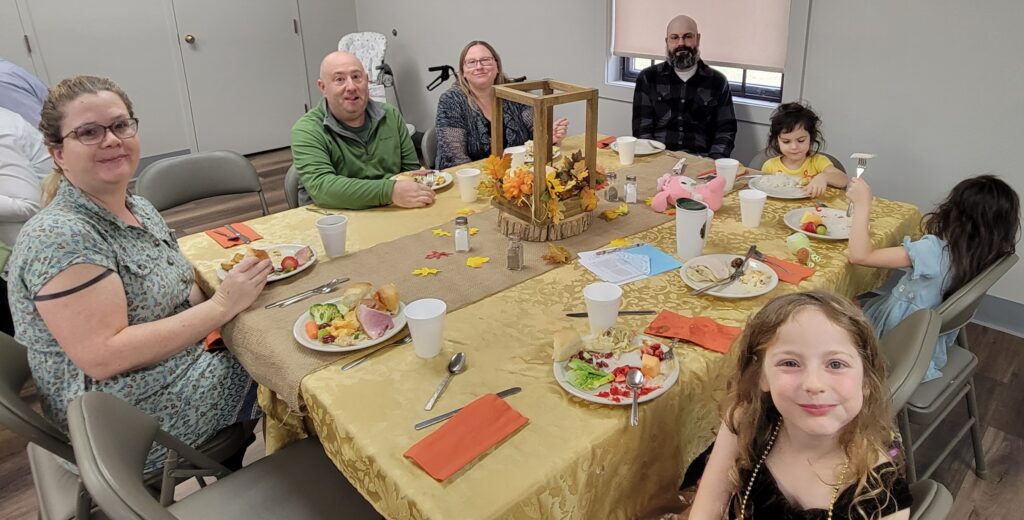
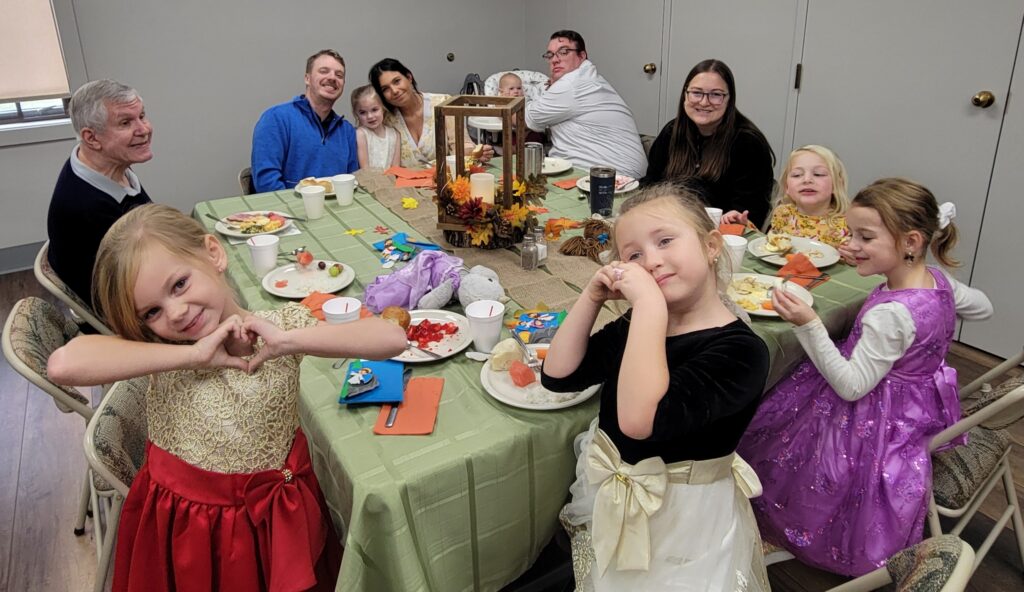
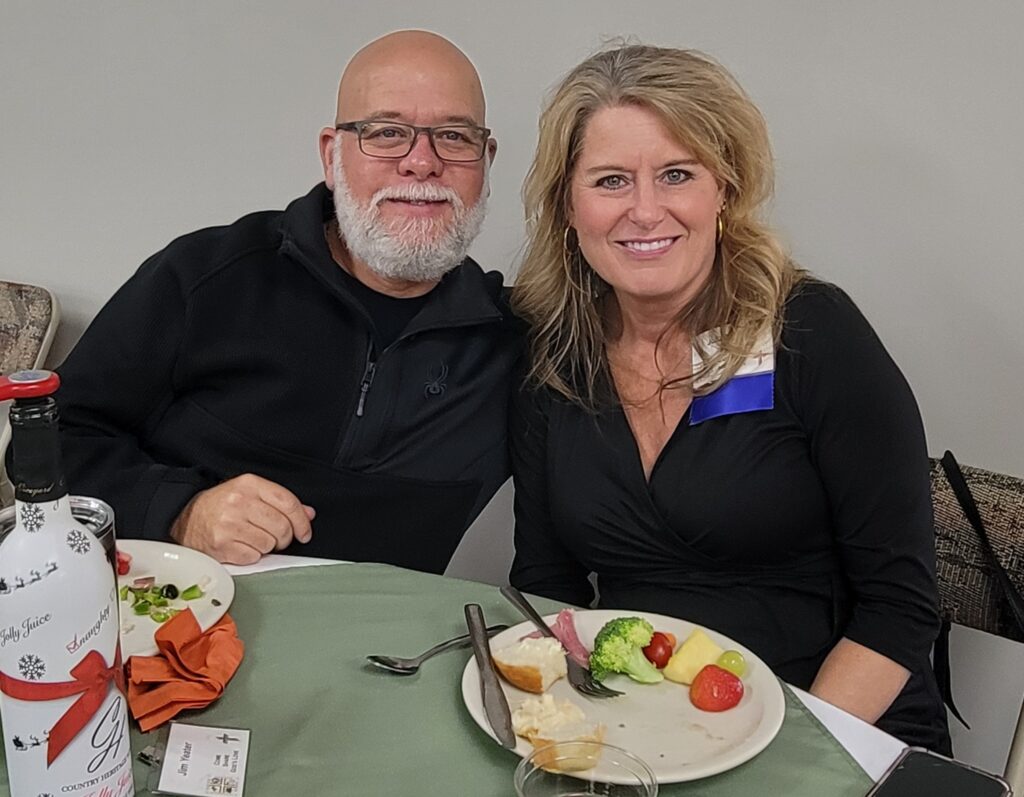
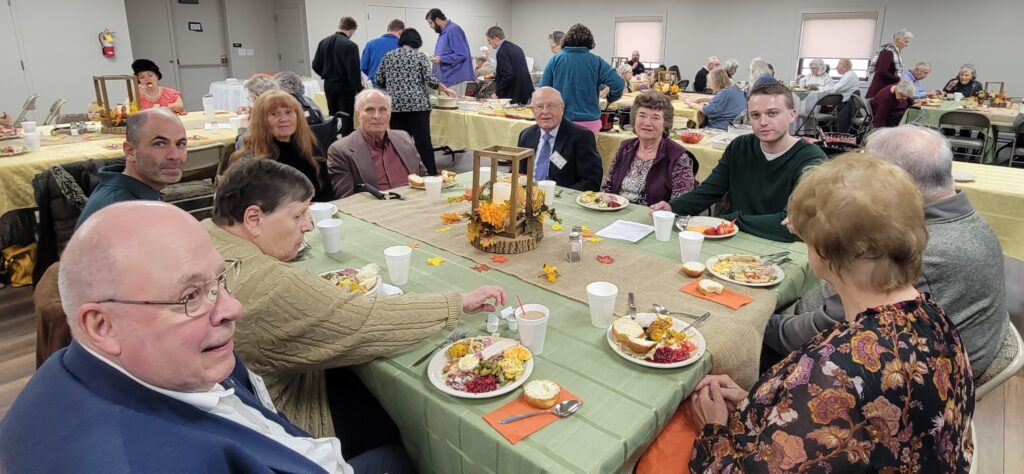
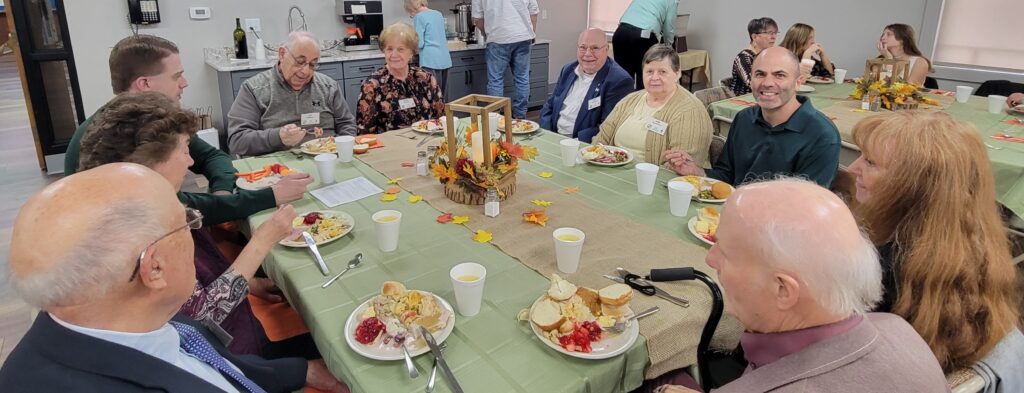
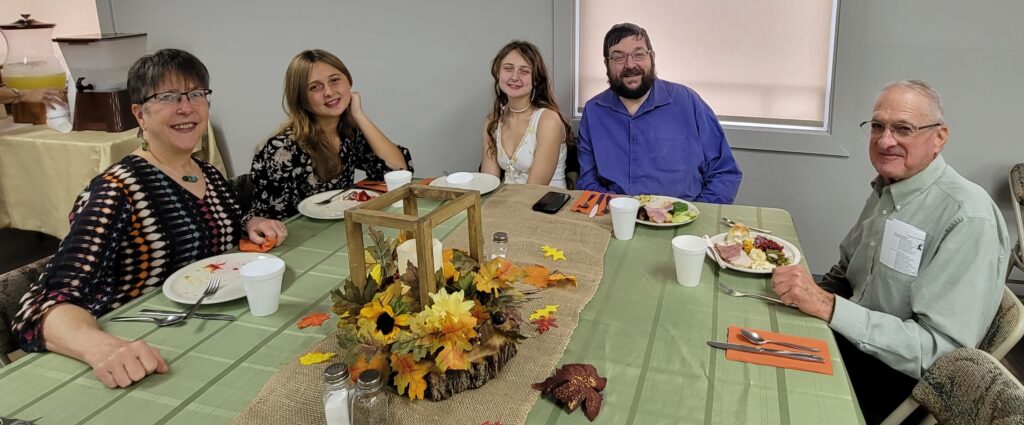

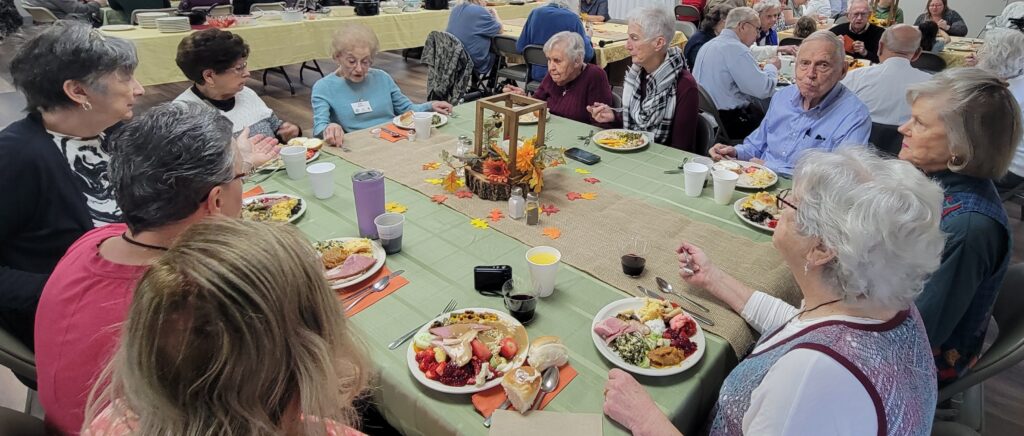
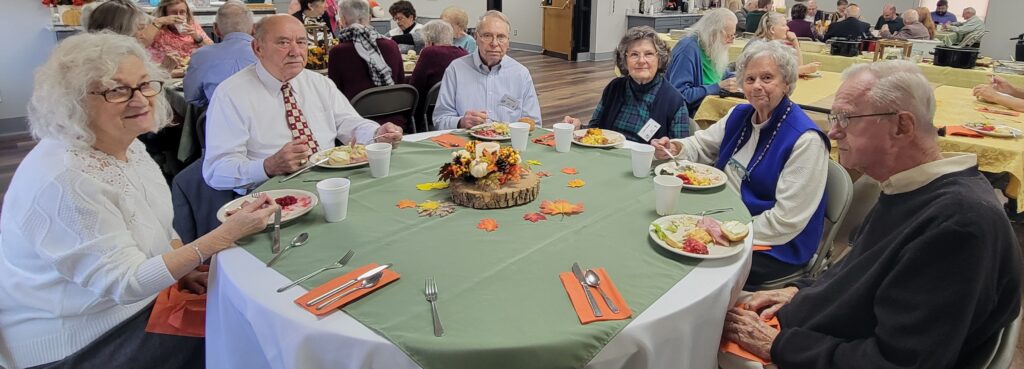
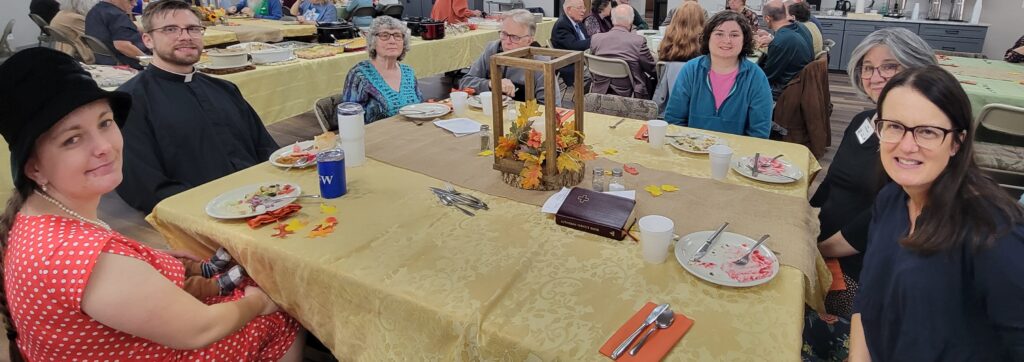
After the Dedication, the members of Concordia celebrated the 69th Anniversary. The Fellowship Committee did a wonderful job decorating, setting out food, and planning dessert. It was a great time of Fellowship and a chance to celebrate the ministry God has done through Concordia the past 69 years.
Service Times
| SUNDAY | 9:30 AM | Divine Service |
| 10:45 AM | Bible Class & Sunday School | |
| Monday | 6:30PM | Divine Service |
| – check our calendar for special services |
Recent Blog Posts:
- January 2026 Newsletter (1/2/2026)
- December 2025 Newsletter (11/25/2025)
- Dedication and 69th Anniversary Dinner (11/25/2025) - Our West Wing Renovation Committee worked hard the past few years. They helped fundraise for the projects, design the spaces, selected contractors, and managed changes to the project. We would like to thank the committee for their hard work. We have a beautiful West Wing including newly designed bathrooms, kitchen, and a Fellowship Hall. Here ... Read more
- Regarding Judgment Day, or the End of the World (10/29/2025) - As we approach the season of Advent, the Church spends the last few Sundays of Trinitytide considering the End and Judgment Day. This is worth considering, because we see and hear a lot of propaganda and teaching about what the End will be like and what to look for, but these teachers are usually not ... Read more